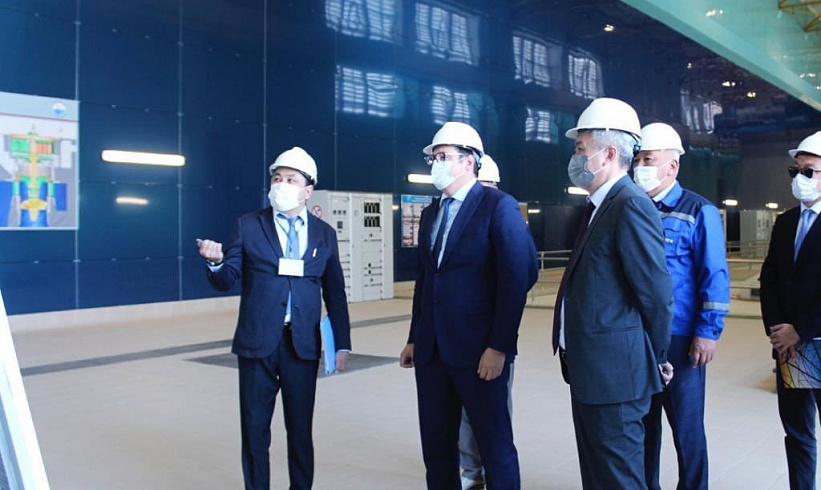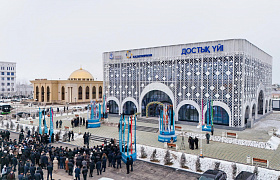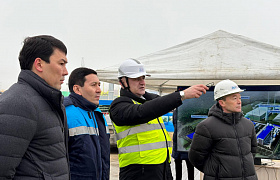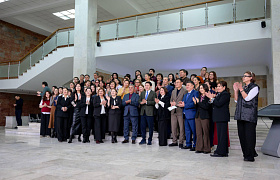Working trip to the Turkestan region

754
25 June 2021
On June, 24-25 the "Samruk-Kazyna" JSC delegation has visited severalenterprises of the energetic infrastructure of the Turkestan region, including the Shymkent oil refinery plant and the Shardara hydro-electric power station.
On June, 24 members of delegation joined a meeting with the “PetroKazakhstanOil Products” LLP at the Shymkent oil refinery plant. Nowadays the plant provides 30% of total production of petroleum in Kazakhstan. This month the overall repair of the site has been finished. Presentlythe Shymkent oil refinery plantoperates at 92% of its installed capacity.
Generally, after the full-scale modernization that the plant has passed in 2018, its capacity increased by 28% from 4,7 to 6 million tons of crude oil annually. The proportion of light oils has grown remarkably from 58% to 83%, and oil conversion ratio has shown a rise by nearly 16% (from 73% to 88,7%). Nelson complexity index more than doubled from 4 to 8,2.
The Chairman of the Board of the "Samruk-Kazyna" JSC Almassadam Satkaliyev gave the task to senior executives of JSC "NC "KazMunayGas" to take under control scheduled repair of oil refinery plants in Pavlodar and Atyrau, thus, fair supply of POL (petroleum, oil and lubricants) should be ensuredin summer and autumn season.
Also the delegation has visited a methyl-tert-butil-ether(MTBE)-plant of “Shymkent chemical company” LLP, located in the free economic zone “Ontustik”. The plant produces octane boosters used in the production of the emission standard gasoline.
On June, 25 "Samruk-Kazyna" JSC executives visited the Shardara hydro-electric power station that was fully modernized last year by “SamrukEnergo” JSC. The renovation cost 38 billion tenge and resulted in significant increase of station capacity from 100 to 126 megawatt. Meanwhile, hydroenergy production moved upward from 480 to 537 million kilowatt-hour per annum. Reconstruction of theShardara hydro-electric power station improved regional water management and energy supply of local population, along with reducing environmental pressure.
Рекомендуем

{{ $t('messages.news1') }}
The House of Friendship on behalf of the Samruk-Kazyna Group of Compan...

{{ $t('messages.news1') }}
Nurlan Zhakupov, Chairman of the Management Board of Samruk-Kazyna, to...

{{ $t('messages.news1') }}
Samruk-Kazyna Allocates KZT 994 Million to Renovate the Abilkhan Kaste...

{{ $t('messages.news1') }}
During the visit to AlES JSC, the work of an AI project, an intelligen...


